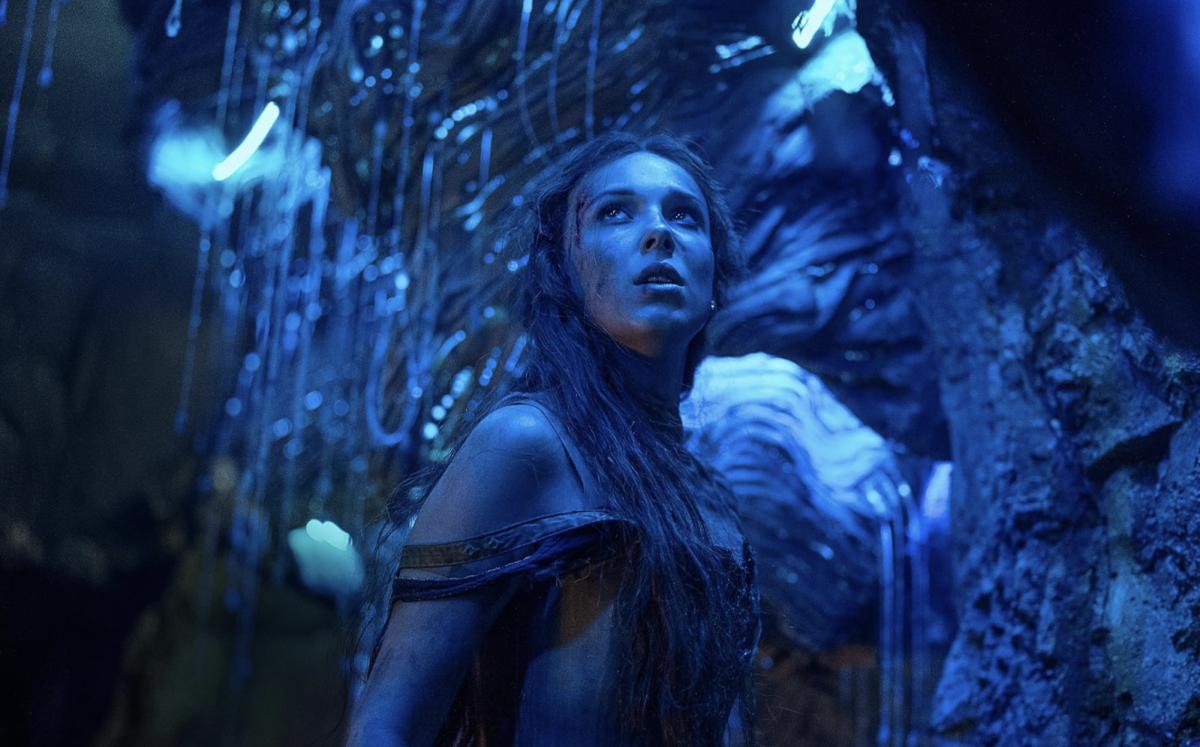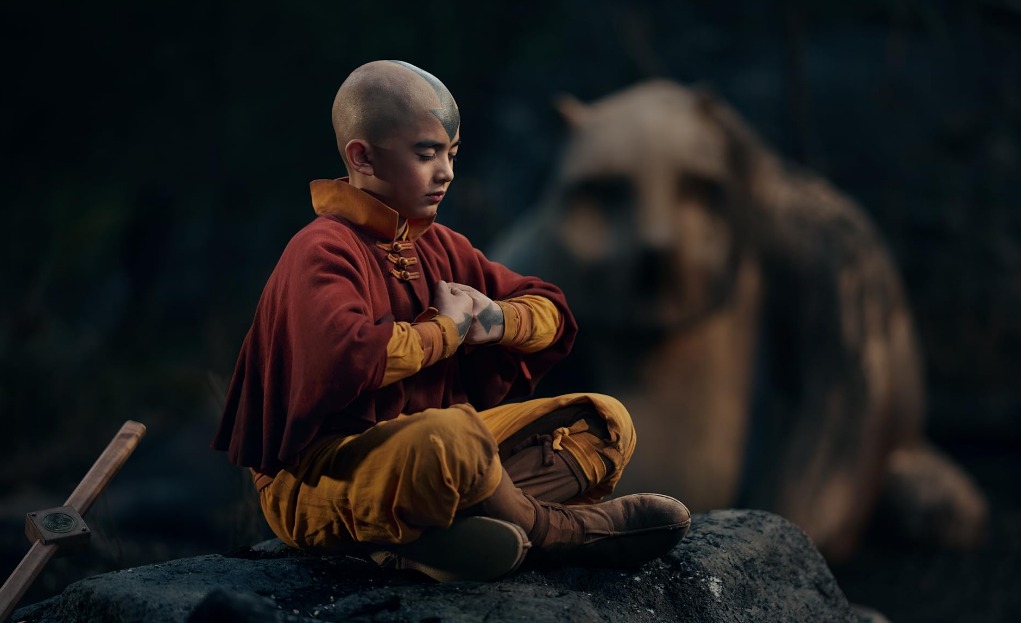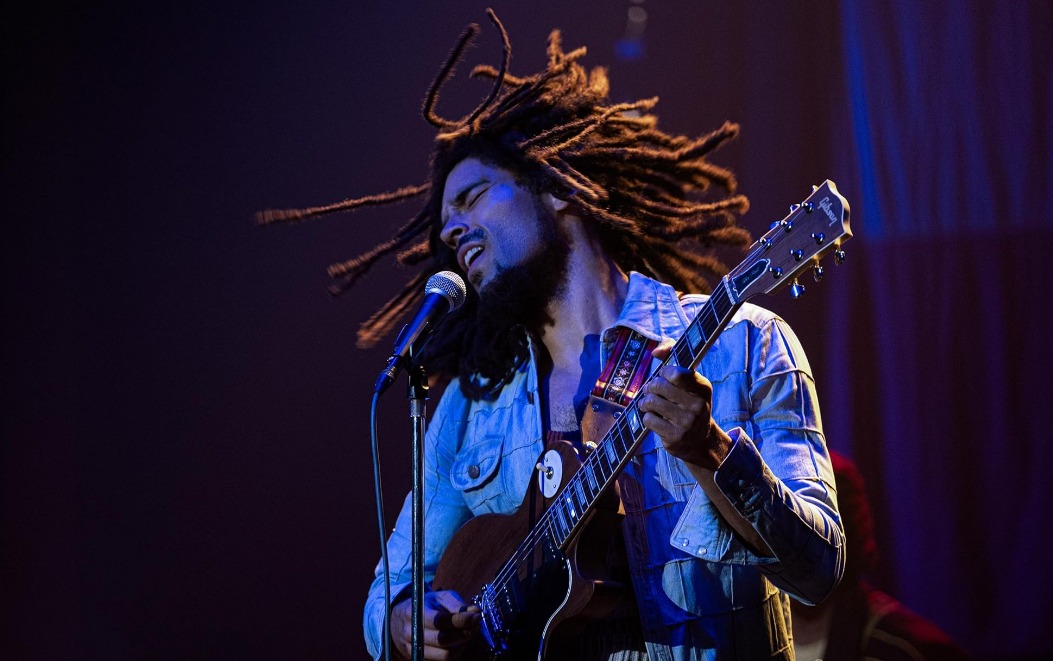
★★★★☆
“Viceroy’s House” — like any film that tries to retell a major historical event — is faced with the daunting challenge of doing justice to people’s stories. The film follows the final viceroy of India, Lord Mountbatten, played by Hugh Bonneville, as he works on overseeing the transition from British control to independence.
Strong performances, mesmerizing visuals and great direction are all evidence of a concerted effort on director Gurinder Chadha’s part to honor the struggles and emotions of the people whose stories are told in the film. The attempt at an honest, reflective recounting is heightened during the conclusion of the film, when it is revealed that Chadha is the granddaughter of a Sikh woman who fled Pakistan soon after independence, and wished to honor the victims of this tragedy with an authentic depiction of the transition to Indian independence.
The film’s ambition to share the stories of so many is beyond its capabilities, however. A rushed script and underdeveloped subplots of romance and treason are a few examples of how the film spreads itself too thinly in a vain attempt to achieve more than it can.
The reality is that no feature film could do justice to a tragedy the size of India’s struggle for independence — to the immense suffering and loss of life. While Chadha’s work is to be admired, she creates some of her own limitations by working mostly within the confines of Viceroy’s house. With the exception of a few scenes, mostly made up of black and white newsreel footage, most of the movie is filmed inside this estate. This creates a distinct separation between the lives inside Viceroy’s house and the rest of India, keeping the conflict alienated from the film.
Despite these concerns, there is far more to like than to complain about in this film. In an interview with The Guardian, Chadha explained her decision to center the movie around the Viceroy’s house itself: “I was able to bring under one roof the Mountbattens, the key Indian leaders — Nehru, Jinnah and Gandhi — and the 500 ordinary Indians — Hindu, Sikh and Muslim — who served the Mountbattens as domestic staff.”
While Chadha does not depict the struggles of the general populace with consistency, the conflicts that start brewing within Lord Mountbatten’s estate allow her to present the larger state of affairs: a growing animosity between Muslim, Hindu and Sikh groups, the decreasing capability of an already weakened British administration to maintain order and the hurt of those who lose their friends, their homes and even their lives.
The romance between Jeet, a Hindu prison guard-turned-valet played by Manish Dayal, and Aalia, the daughter of one of Jeet’s prisoners played by Huma Qureshi, while somewhat dull, embodies the relations being torn apart by religious tensions and rivalry.
By switching between narratives of the ruling elite and the serving working class, Chadha is able to add some charm and comedy to the story, while exploring the different relations that exist within the massive household. There is clear tension in the relationships that some of the servants hold with each another and with their British patrons. These grow more complex as instability grows, respect for the British decreases and the Viceroy and his wife gain the confidence of the locals.
The heavy lifting is not done only by the director, however, as the stars of the film provide their own support for its development. Bonneville puts on a commendable performance, in an all-too-familiar role that he had nearly perfected for Downton Abbey.
Indian actors Denzil Smith and Om Puri both offer successful performances as well, with the former effectively portraying a mysterious and conflicted leader of the Muslim League and the latter effortlessly charming the audience as Aalia’s blind father, a former activist who was robbed of his sight and a large part of his spirit by the punitive measures of the British.
Added to the strength of the performances is the beauty and splendor of certain sequences. The display of the Viceroy’s military dress — with medals, swords, decorations and refurbishments, all while his elegant pocket watch ticks — reflects the work of excellent costume crews. Similarly, the joining of hands by Jeet and Aalia, with their fingers twisting and running along each other, placed against a stunning landscape that zooms in and out of focus, showcases the film’s breathtaking cinematography.
If there are any remaining doubts about the aesthetics and delivery of the film, its beautiful musical score, which experiments with traditional Indian sounds in a “heavily Westernized” framework, provides rich, emotional tracks at exactly the right times.
A brave take on a major tragedy, “Viceroy’s House” only fails in its inability to provide closure to those who were affected by the history it portrays — but there may not be anything that really can.




















